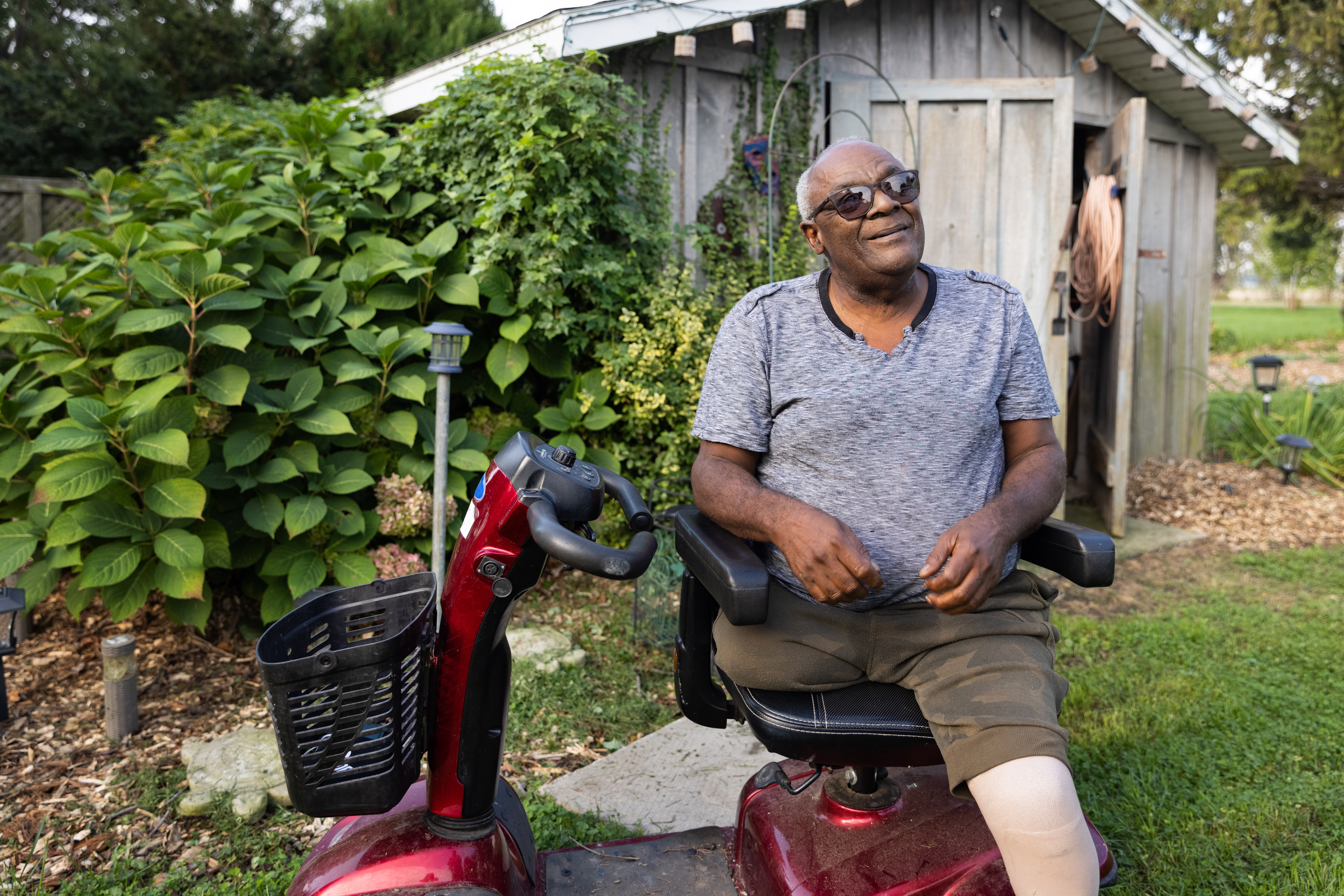Technology has helped establish an inclusive society by reducing barriers for disabled individuals. Wheelchair accessibility has improved. With the rapid development of assistive technology, wheelchair users have incredible freedom and independence. Creative ideas and cutting-edge digital solutions are improving millions of lives and transforming accessibility.
Wheelchair Accessibility
Understanding wheelchair accessibility issues before adopting disruptive technologies is crucial. Lack of infrastructure, steep ramps, tiny doorways, and uneven terrain limit mobility and independence. While useful, standard wheelchairs are sometimes not environment-adaptable and may not be enough for people with various disabilities.
Enter Assistive Technologies
Assistive technologies include many inventions that improve accessibility and quality of life for disabled persons. These technologies have improved wheelchair accessibility by overcoming digital and physical barriers. Let's look at some world-changing inventions:
Smart Wheelchairs
Technology like sensors, GPS, and networking are making wheelchairs more advanced. Smart wheelchairs' better navigation features let users navigate complex regions securely. These chairs can detect obstacles, plan routes, and adjust seats for optimal posture and comfort.
Additionally, design and material science have produced sturdy, lightweight wheelchairs that improve maneuverability without losing stability or strength. Tilt-in-space, modular, and adjustable chairs meet users' diverse needs and preferences for a comfortable and tailored experience.
Robotic Exoskeletons
The groundbreaking robotic exoskeleton supports mobility for persons with reduced or absent lower limb function. These wearable robotic devices help people stand, walk, and move independently. Exoskeletons bridge upright and wheelchair-bound mobility, giving users more independence and mobility.
The latest exoskeleton technology prioritizes comfort, portability, and UI design. Lightweight materials, ergonomic designs, and user-friendly control systems reduce fatigue and increase usefulness for long-term exoskeleton wearers. Exoskeletons with advanced functions like obstacle avoidance and stair climbing are being explored, which could expand its usage.
Augmented Reality (AR) Navigation
AR navigators are changing how wheelchair users interact with their surroundings. Augmented Reality (AR) technology overlays digital information on the physical world to provide real-time direction and information in indoor and outdoor contexts. These systems may find accessible routes, ramps, and elevators, and give tailored navigation help based on user preferences and accessibility needs.
Advanced AR platforms combine sensor fusion, computer vision, and machine learning for accurate and engaging navigation. Augmented reality navigation apps can provide wheelchair users with customized directions by integrating with mapping services and accessibility databases. User feedback on accessibility issues can be shared in real-time on collaborative AR platforms, encouraging a community-driven approach to enhance navigation.
Wheelchair Accessible Vehicles
One of the most important aspects of wheelchair mobility is accessible transportation. The creation of wheelchair-accessible vehicles (WAVs) with ramps, lifts, and other accessibility features is the result of advancements in automotive engineering. Depending on their needs and choices, these vehicles enable people with mobility limitations to travel either freely or with assistance.
Moreover, wheelchair users now have more options for getting around thanks to digital advancements like ride-hailing apps and on-demand wheelchair-accessible transportation services, which encourage greater freedom and mobility. These systems allow customers to request accessible transportation on-demand, doing away with the typical scheduling and preparation involved in conventional accessible transport services. They do this by utilizing smartphone technology and GPS monitoring.
Remote Monitoring and Telehealth
The way wheelchair users, particularly those with mobility impairments, receive healthcare is changing thanks to telehealth and remote monitoring technologies. Healthcare personnel can remotely monitor patients and take timely action when needed thanks to wearable sensors that enable remote monitoring systems to detect vital signs, activity levels, and other health parameters in real time. Furthermore, telehealth platforms remove obstacles related to mobility and transportation by allowing wheelchair users to obtain healthcare services from the comfort of their homes.
Utilizing assistive technologies like wearable sensors and smart wheelchairs with telehealth platforms opens up new possibilities for remote healthcare management and rehabilitation. Healthcare professionals can conduct virtual consultations, therapy sessions, and assessments with wheelchair users by utilizing telepresence capabilities. This enhances access to specialist services and promotes continuity of treatment.
Accessibility Apps and Software
The usage of software and mobile apps is essential for improving accessibility for wheelchair users. These digital solutions enable users to traverse the world more independently, ranging from productivity tools tailored for people with impairments to wheelchair-friendly route planning apps. Crowdsourced platforms also facilitate community-driven initiatives to enhance accessibility infrastructure by enabling users to exchange information regarding obstacles to accessibility.
A plethora of software tools and apps with an accessibility focus have proliferated in recent years, catering to the various needs of wheelchair users. These comprise applications for locating wheelchair-accessible locations, wheelchair-accessible parking places, and resources for assistive technology. Furthermore, improvements in the integration of assistive technology have made it possible for wheelchair systems and mobile devices to interact seamlessly, giving users access to information, control over their chairs, and social media through recognizable digital interfaces.
Challenges and Opportunities
Even while assistive technologies have great potential to increase wheelchair accessibility, a number of issues still need to be resolved. One of the main things preventing the widespread adoption of these technologies is the cost barrier, along with compatibility concerns and the requirement for widespread infrastructure modifications. Furthermore, it is still imperative to guarantee fair access to assistive technologies, especially for underprivileged groups and people living in developing nations.
But amid these difficulties, there are chances for creativity and cooperation. Governments, businesses in the private sector, nonprofits, and academic institutions can collaborate to create scalable, reasonably priced solutions that meet the many demands of wheelchair users. A more inclusive society where assistive technology is widely available and accessible to everyone can also be achieved through campaigns to advocate for policy changes and raise awareness of accessibility issues.
It is indisputable that assistive technology can significantly improve wheelchair accessibility. These technological advancements, which range from robotic exoskeletons to smart wheelchairs, are transforming mobility and enabling wheelchair users to lead more fulfilled lives. The potential to build a more welcoming society in which accessibility is not only a goal but a reality for everyone will increase as long as technology keeps developing. We can create a future where "Tech For All" is more than just a catchphrase—it's a pledge of equality and empowerment for people with all abilities—by valuing creativity, teamwork, and activism.



